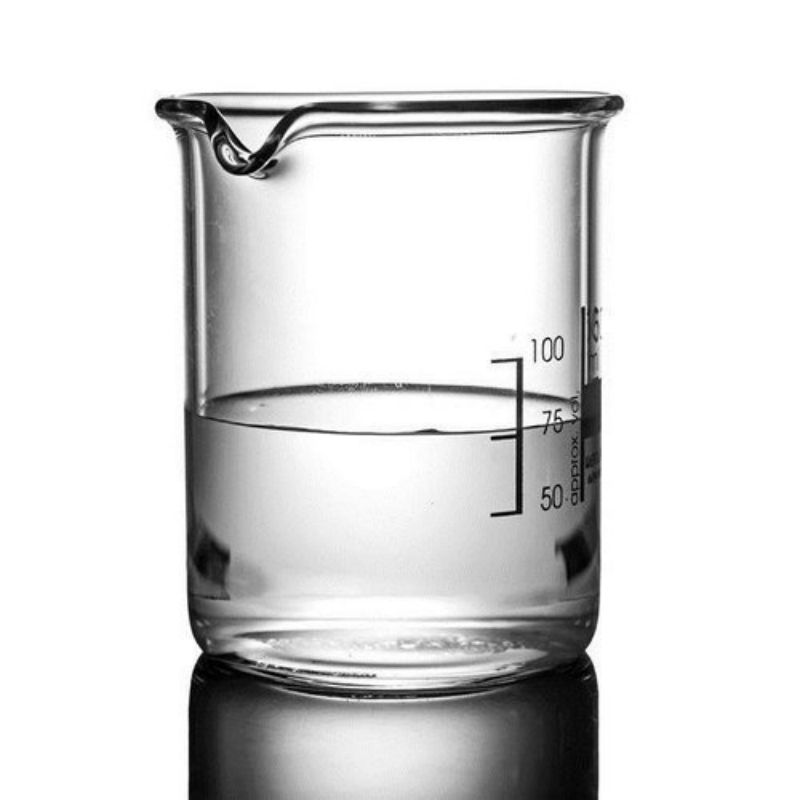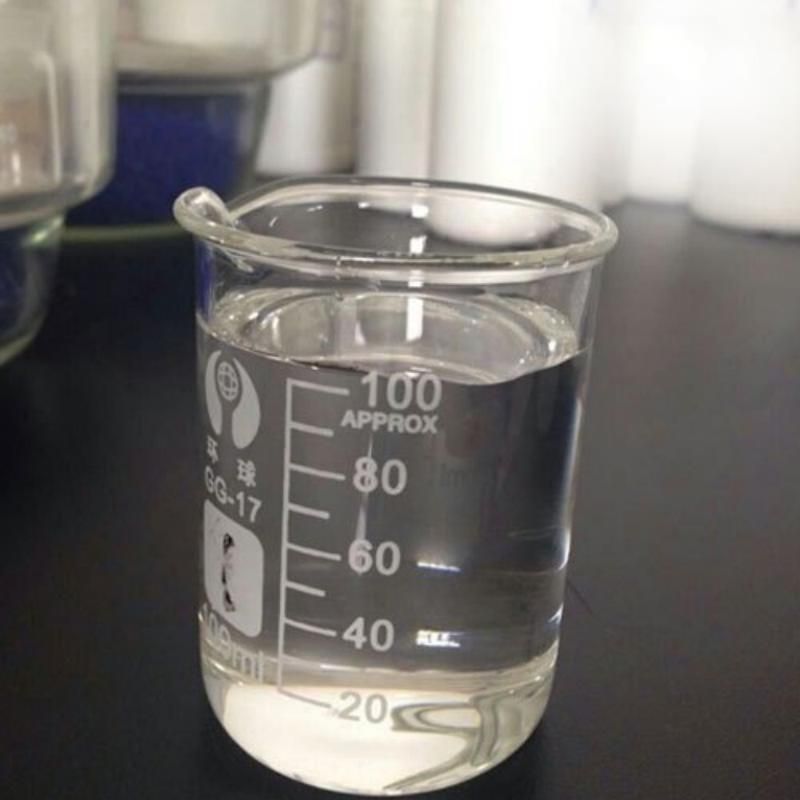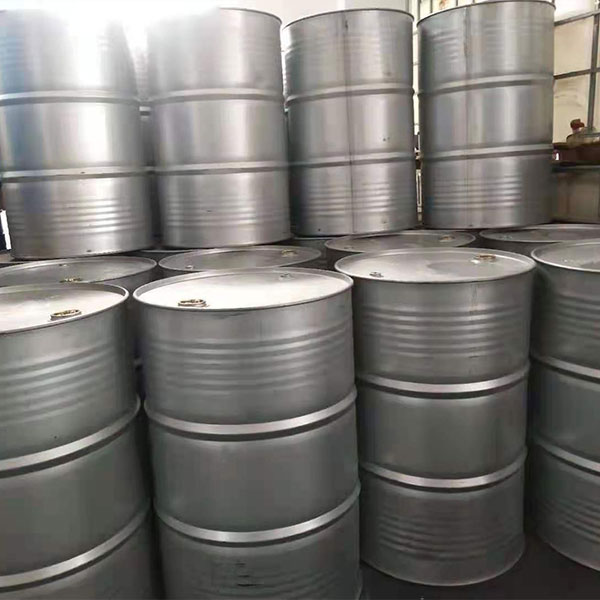
Products
Triisopropanolamine
Introduction
Triisopropanolamine is an organic compound with the structural formula [CH3CH(OH)CH2]3N. It is a white crystalline solid with weak alkalinity and inflammability. Due to the good coloring stability of triisopropanolamine and long chain fatty acid salt, used as emulsifier, zincate additives, black metal rust prevention agent, cutting coolant, cement enhancer, printing and dyeing softener, gas absorbent and antioxidant, and used as soap, detergent and cosmetics and other additives, can also be used in pharmaceutical raw materials, photographic developer solvent. A solvent used for paraffin oil in the artificial fiber industry
Purpose
(1) Used as medical raw materials, photographic developer solvent, artificial fiber for paraffin oil solvent, cosmetics emulsifier and other uses of triisopropanolamine can be used for gas absorbent, antioxidant;
② cement industry as grinding aid;
③ Fiber industry used as refining agent, antistatic agent, dyeing agent, fiber wetting agent;
④ Used as antioxidant and plasticizer in lubricating oil and cutting oil; Plastics industry as crosslinking agent; It can also be used as a dispersant of titanium dioxide, minerals and curing agent in the polyurethane industry.
4. Chemical name: triisopropanolamine (TIPA)
5. Molecular formula: C9H21NO3
6.CAS number: 122-20-3
7. Molecular weight: 191.27
8. Appearance: Colorless to light yellow liquid
9. Content: ≥85%
[Packaging storage] 200kg/ barrel
10.Production Method
Using liquid ammonia and propylene oxide as raw materials and water as catalyst, the materials were prepared according to the molar ratio of liquid ammonia and propylene oxide of 1∶3.00 ~ 3.05. Deionized water was added in one time, and the dosage ensured that the concentration of ammonia water was 28 ~ 60%. Liquid ammonia and propylene oxide are divided into two feeding, each time add half of liquid ammonia, maintain the temperature of 20 ~ 50℃, then slowly add half of propylene oxide, fully stir, and keep the pressure in the kettle Chemicalbook below 0.5MPa, reaction temperature of 20 ~ 75℃, maintain 1.0 ~ 3.0 hours; After the propylene oxide was added, the temperature of the reactor was controlled at 20 ~ 120℃, and the reaction was continued for 1.0 ~ 3.0 hours. The decompress-dewatering was conducted until the water content was less than 5%, and triisopropanolamine products were obtained. This method can effectively promote the production of monoisopropanolamine and diisopropanolamine with simple process and low investment cost.











